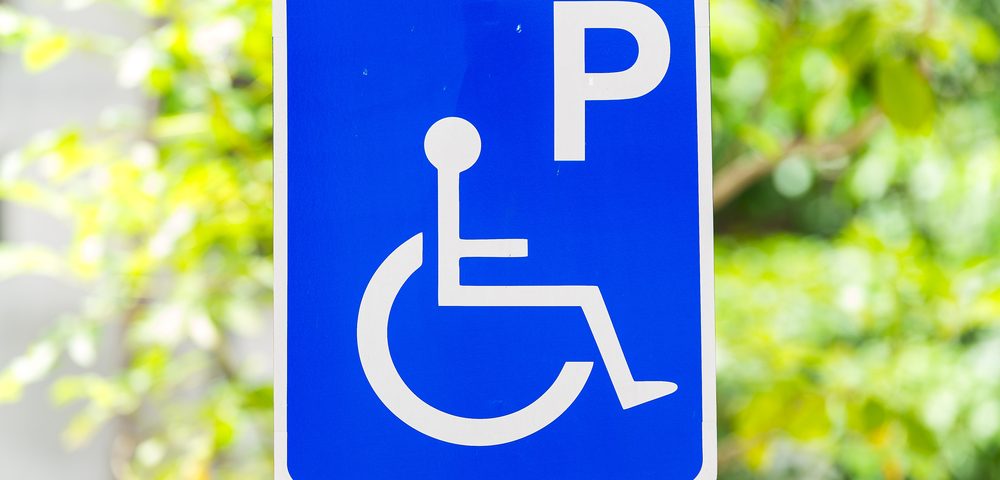-
Accessibility Not Worthwhile

Although we’ve come a long way where accessibility is concerned I feel there’s still a ways to go. Recently a conversation came up with a caregiver. She goes to a salon that’s not accessible. When she mentioned they’re remodeling I asked if they’re putting in a ramp. Of course I got a laundry list of why it’s not feasible. What it boils down to is that financially they don’t feel it’s worthwhile. By putting in a ramp they wouldn’t be pulling in any more revenue and it would cost thousands to install. Plus it’s a building they rent, not own. Honestly though, the improvements she’s making won’t bring in more revenue either. Why are aesthetics more important than function? It’s so frustrating.
While I understand their point of view, what I heard when she said it’s not worth it is that I’m not worth it. I don’t matter. To me having a step is like putting a sign on the door saying wheelchair users not welcome. Able bodied people only. Although there’s no need for the sign because the step does the trick. I thought segregation was a thing of past, but apparently it’s alive and well.
Unfortunately when conversations like this come up I don’t know how to argue my point. I get it, modifications are expensive. Even making my own home accessible has come at a cost. Excluding an entire segment of the population though just doesn’t seem right. When I bring up these issues sometimes I get the feeling that I’m being unreasonable or selfish. The vibe I get is why should they cater to one or even a handful of people at a cost to them. They’re just trying to make a living and get by. What they don’t understand is that when it’s accessible it’s inclusive not exclusive. Sure, not everyone needs a ramp, but they can use it regardless.
What are your thoughts on accessibility? How do we make it worthwhile?
Log in to reply.
